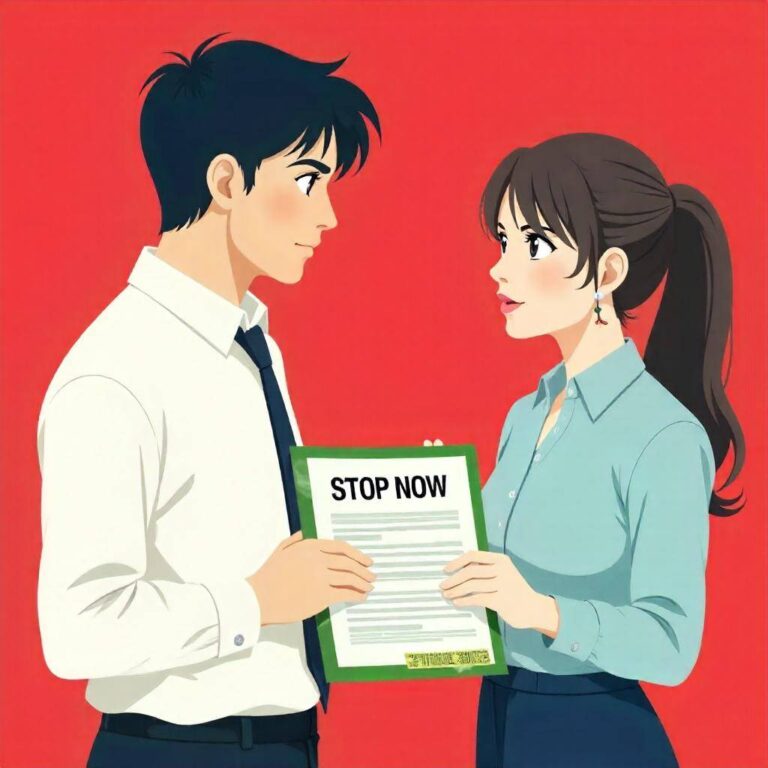Question from a reader:
When a car comes in without stopping at all while I am turning left, and I end up tailgating that car, will it be considered that the tailgating side is at fault? Is it less likely for the car that didn’t stop to be held responsible?
The Legal Perspective on Stopping at a Left Turn and Tailgating
Introduction
Hello! Today, I want to talk about a little question regarding traffic regulations. Specifically, it’s about stopping when turning left and the subsequent issue of tailgating. It’s a situation you might encounter while driving: “That car came in without stopping at all!” And when you inadvertently tailgate, who is actually responsible? Let’s think about this together.
Setting the Scene
One day, on my way back from dropping my child off at daycare, I was trying to turn left at an intersection with a traffic signal when I encountered a car that came barreling in from the right without stopping at all. In that moment, my heart raced, and I instinctively tailgated that car. Even though I want to remain calm while driving, it’s true that emotions can take over sometimes. Now, let’s consider the legal perspective of this situation.
The Importance of Stopping When Turning Left
First, regarding the requirement to stop when turning left, Japanese traffic regulations sometimes require a stop at such turns. Especially at intersections or in areas with heavy pedestrian traffic, ensuring safety is crucial. In other words, it’s necessary to consider not just your own safety but also that of other vehicles and pedestrians. Therefore, the car that entered without stopping was undoubtedly driving inappropriately. It was in violation of traffic regulations. However, the issue begins here.
The Legal Perspective on Tailgating
Next, let’s think about what happens if I tailgate that car. Tailgating is a significant issue in Japan. Actions that disrupt the flow of traffic or endanger other drivers are never acceptable. Even if the other party was driving inappropriately, it doesn’t justify the actions of the tailgater. In the event of a traffic accident, how both parties’ actions are evaluated is very important. For example, even if the other car failed to stop while turning left, if an accident occurs due to the tailgating behavior, it’s highly likely that the tailgater will be found at fault.
Actual Fault Ratios
The actual fault ratios are determined by laws and insurance companies when an accident occurs. For instance, if the other car’s failure to stop results in a 30% fault, then in an accident caused by tailgating, the tailgater is often found to have some degree of fault as well. Thus, driving based on emotions can ultimately put yourself in danger. Even if the other party was driving inappropriately, it’s dangerous to think, “It’s their fault.” Responding calmly is the most important thing.
Lessons from My Experience
From my own experience, as in the earlier example, there are times when I become emotional. However, upon reflecting calmly afterward, I realize that perhaps the other party was also in a hurry. Additionally, tailgating another driver can increase my own stress. Driving requires a level of calmness. Especially when you have children in the car, it’s important to suppress your emotions and drive with consideration for others. Safety should always come first, regardless of the situation.
Legal Advice
Finally, here are some pieces of advice if you encounter such a situation. 1. Make a calm judgment: Even if you are being tailgated, try to remain calm and avoid emotional reactions. You should avoid sudden braking or acceleration. 2. Preserve evidence: If an accident occurs, make sure to gather evidence such as witnesses or dashcam footage. This can help prevent future troubles. 3. Consult an expert: If an accident or trouble arises, it’s advisable to consult a legal expert. There are many cases that cannot be resolved alone, and receiving appropriate advice can provide peace of mind.
Conclusion
This time, we discussed stopping when turning left and tailgating. While driving, you may face various situations, but maintaining calmness is the most important thing. By following traffic regulations and driving with consideration for other drivers and pedestrians, you can protect your loved ones. Every time I drive, I learn something new or gain insights. I hope to continue practicing safe driving and enjoy my drives. Please remember to drive safely as well!



